In this article, I’ll be discussing nutrition and hydration tips for your Peaks Challenge Cradle Mountain Training.
Firstly nutrition is a very personal topic. Many people have their own individual needs and opinions on nutrition. This article is designed to give overall guidelines for nutrition and to help you decide on what’s going to be best for you in your training leading up to the Peaks Challenge Cradle Mountain ride.
Nutrition Guidelines
During high training loads it is important that carbohydrates and protein needs are met, to ensure maintenance of body weight, glycogen stores and to enable the building and repair of muscle tissue. Additionally it is important that sufficient fat, primarily through essential fatty acids are consumed to assist with the absorption of fat soluble vitamins A, D, E & K
These recommendations are are the result of extensive research and analysis and strategies have been designed to enhance both endurance capacity and performance during a single training session, race day or recovery.
Training carbohydrate (CHO) requirements:
60-90 minute rides: Moderate Intensity – 3-5g of CHO/kg/day
1-3 hours hides: Mod-High Intensity – 5-7g of CHO/kg/day
≥ 4hrs rides: High Intensity – 10-12g CHO/kg/day
This carbohydrate requirement can be met by consuming a variety of combinations of sports drinks, sports bars and gels and normal food like fruit, ANZAC biscuits, fruit cake, and sandwiches.
There is not one single food item or sports drink that is universally better than any other. If you ask ten cyclists about the food they eat on an event like this, you’ll get ten different answers so it comes down to your own personal choice.
The faster you go, the more you’ll probably be better relying on products that can be consumed and digested quickly like sports drinks, gels, and sports bars. If you are riding at a leisurely pace then “real” food like bananas and fruitcake are great options.
Most products now have their carbohydrate content listed on the outside of the packet. So this makes it relatively easy to work out how many of them you’ll need to eat per hour.
Most gels and sports bars contain around 20-30 grams of carbohydrate so consuming two to three of these products per hour will meet the majority of most people needs.
Also, people with larger builds (heavier) consume more carbohydrate per hour than smaller (lighter) built people. Please take this into consideration when working out your nutrition plan.
Remember that these are guidelines only!
As everyone has their preference to the type of food they prefer to consume, I strongly recommend that you start to experiment now to work out your nutritional requirements during your training rides leading up to the Peaks Challenge Cradle Mountain.
Also, this article only discusses the current mainstream nutritional strategies. In recent years, there has been a resurgence of discussion around nutritional metabolic efficiency protocols. While many of these are still experimental, we have had good success with protocols that help improve metabolic efficiencies. These protocols are mainly focused on reducing your daily consumption of high GI carbohydrates. By doing so, you should find that within a few weeks you’ll be able to burn more of your fat reserves at higher intensities. Details on this and the protocols used are beyond the scope of this article.
Hydration Guidelines
Hydration is not only crucial for optimal performance but assists to keep levels of electrolytes, sodium, potassium, calcium, magnesium and carbohydrates topped up. Dehydration increases your risk of a potentially life-threatening heat injury and any loss of >2-3% body weight will compromise aerobic performance, particularly in hot weather, and may also impair cognitive performance. Therefore, to prevent dehydration, even during colder months/climates it is critical that you start each ride day fully hydrated. The best method is to slowly consume beverages prior to start of your rides although; it is also important to keep a close eye on your urine colour/smell and if it appears you are still dehydrated then drink a little more.
The fluid you drink while riding is taken to replace water and electrolytes lost through perspiration. You also lose fluid when you breathe, but this is of lesser importance. So, the main driver for hydration is dictated by how much you sweat.
So, the amount of fluid you’ll consume will vary depending on how hot it is when you are riding and how much you perspire.
The hotter the day and the more you perspire so, the more fluids and electrolytes you’ll need to replace. Again, everyone has their specific hydration needs, so it’s important to experiment while out riding until you find out what works for you.
Hydration can be complicated further because many people rely on the carbohydrate in the sports drinks to provide them with their fuel as well.
On cooler days, they may not be drinking enough of their sports drink to meet their 30-60 grams of carbohydrate per hour requirements.
If this is the case then supplementing their sports drink with a snack will help. Drinking too much on a cooler day means you may need to go to the toilet more often to expel the extra water.
Also, on the hottest part of hot days, you may not be able to consume enough fluids. If you know that you are going to be riding through the middle part of a hot day, it’s important to ensure that you keep on top of your hydration earlier on in the ride.
By doing this, you’ll be less likely to run into a hydration deficit before the mid-day heat.
Having a headache is a sure sign that you are dehydrated. Having to go to the toilet regularly during a ride is a sign that you are drinking too much.
Types of commercial hydration products
Isotonic: this is what the majority of sports drinks are. They contain the appropriate balance of electrolytes, carbohydrates (fast) and fluids to hydrate the blood (around 5-8%). These drinks quickly restore the lost fluids and minerals along with providing carbohydrates (HGL) for energy production. They are best consumed in the hour post exercise along with during the race, particularly if you are racing in a warm environment.
Isotonic drinks sit in the middle of the absorption spectrum with water being the most readily available and gels being the least absorbable and designed for carbohydrate supply over hydration.
Hypertonic: These are taken during the race as they are primarily intended to supplement the athletes’ diet to provide extra carbohydrates (typically <8% concentration) to top up intra-muscular stores of glycogen.
As these are absorbed more slowly than water they need to be taken with fluids, and while isotonic drinks will enhance this absorption rate, it is important to alternate with water as you can throw out the pressure gradient between the gut and blood which can lead to Gastrointestinal upset. Gels can also be taken 30-60 minutes prior to racing and in the first hour post race to aid re-fuelling.
Hypotonic: while most sports drinks are isotonic some athletes prefer to utilize hypotonic as they contain much less sugar (around 4%). These drinks provide little carbohydrates but as they are more readily absorbed, when compared to water, they help to rehydrate and quench your thirst. These drinks are more suited to short duration exercise or during the evening to help rehydrate the body (if carb stores are topped up).
All the best with your training for the Peaks Challenge Cradle Mountain.

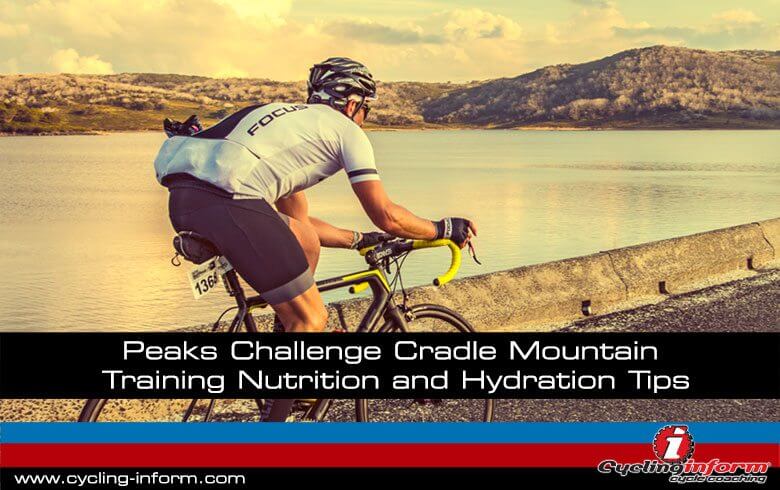
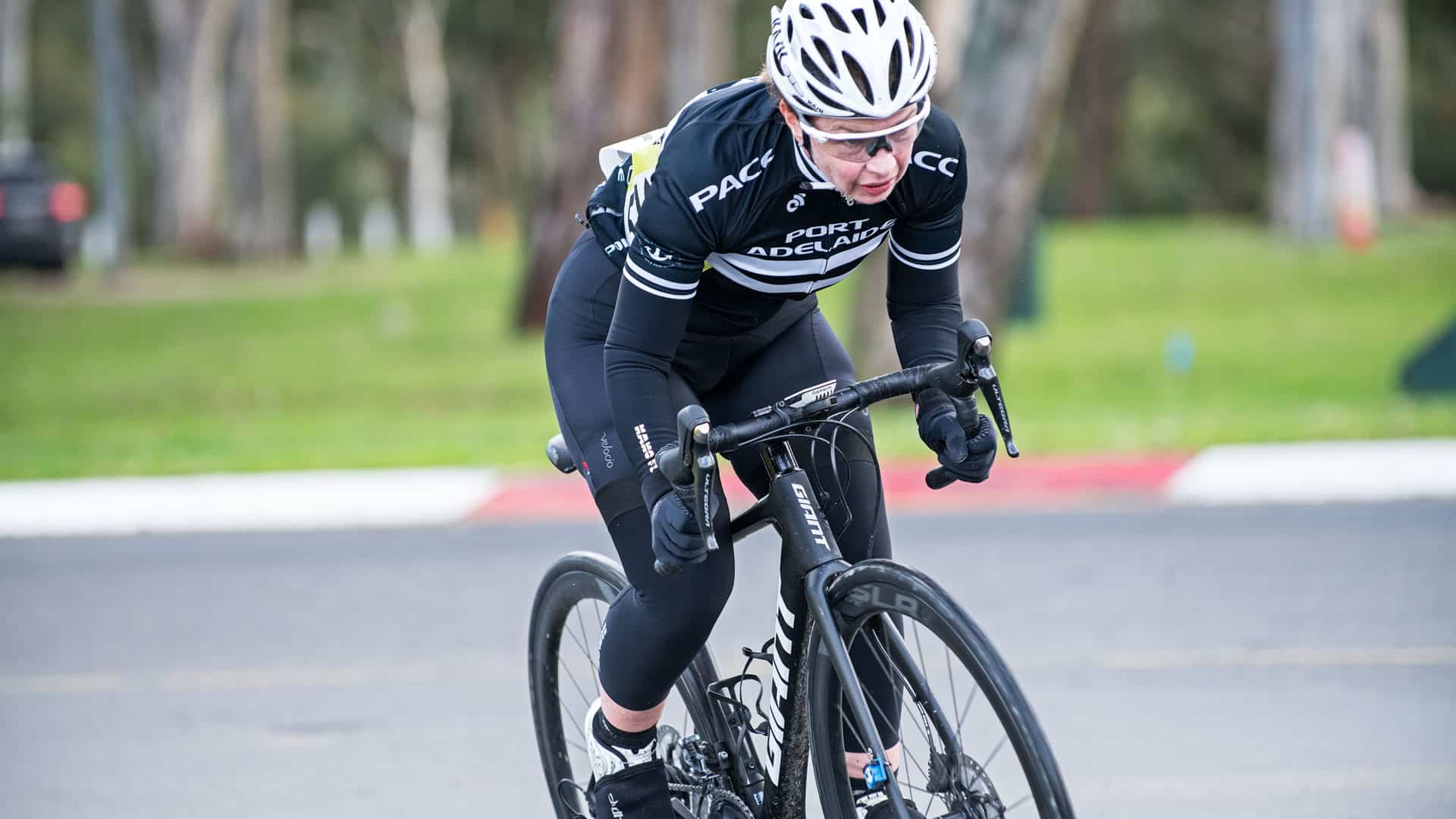
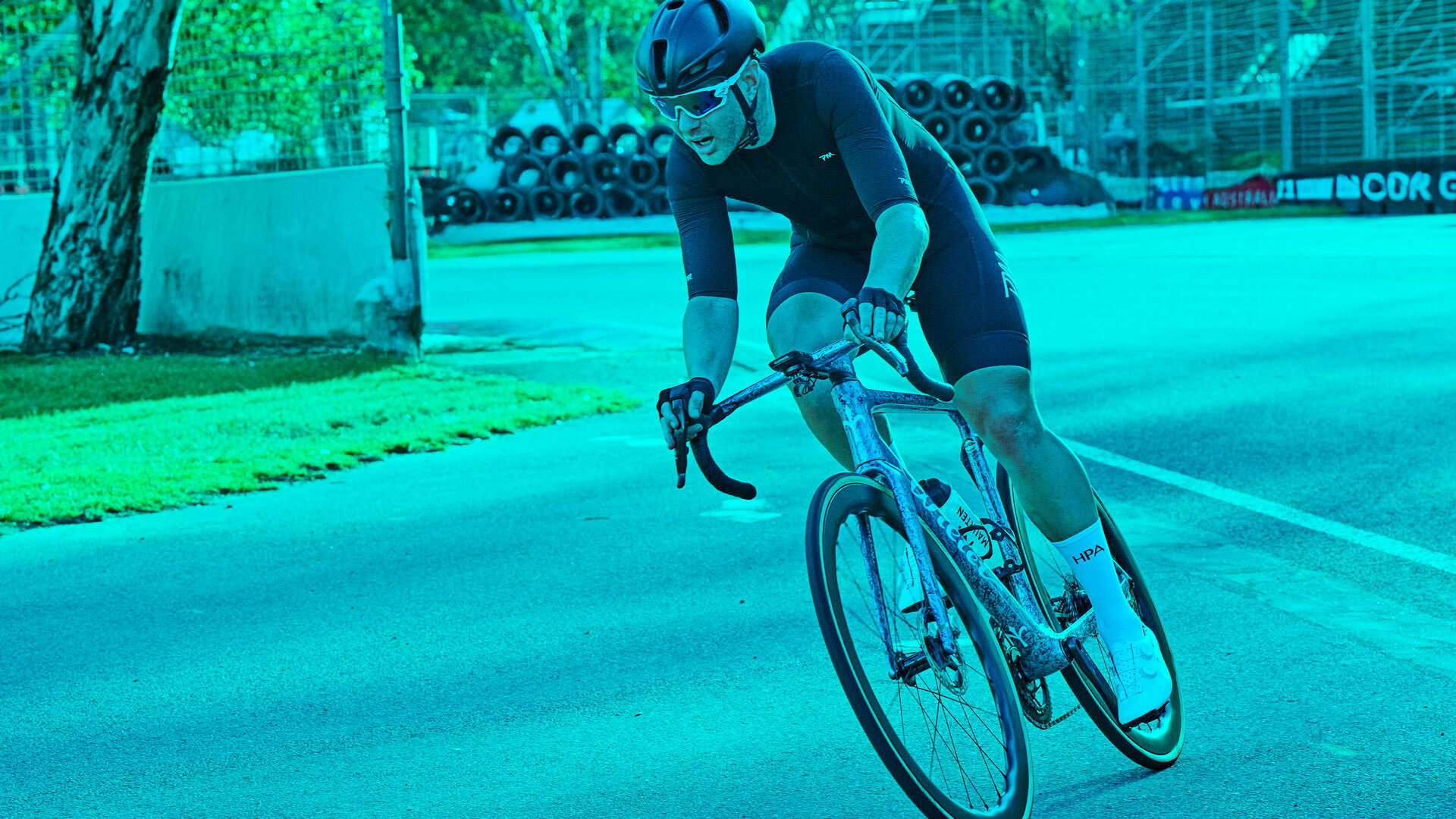
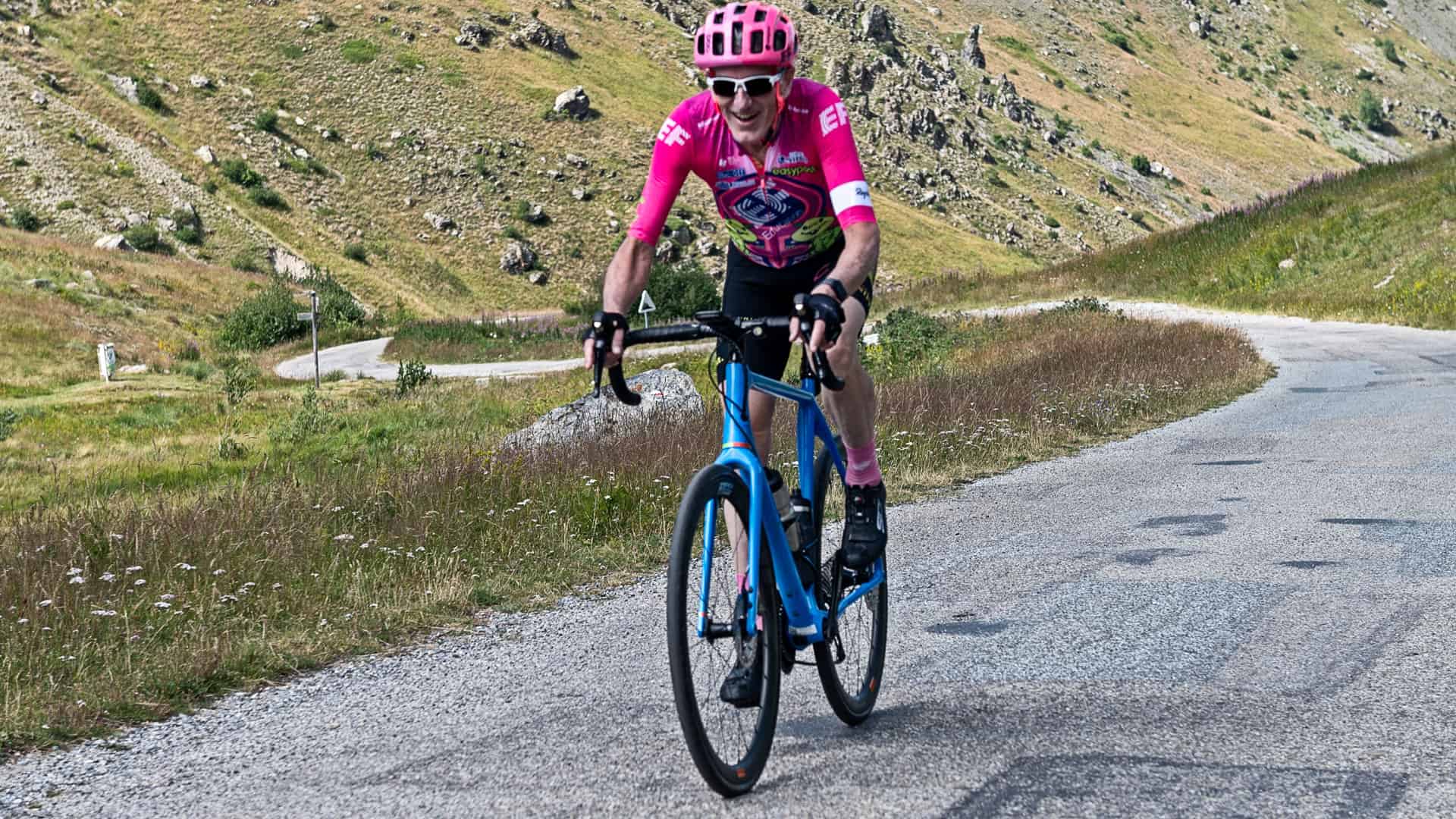
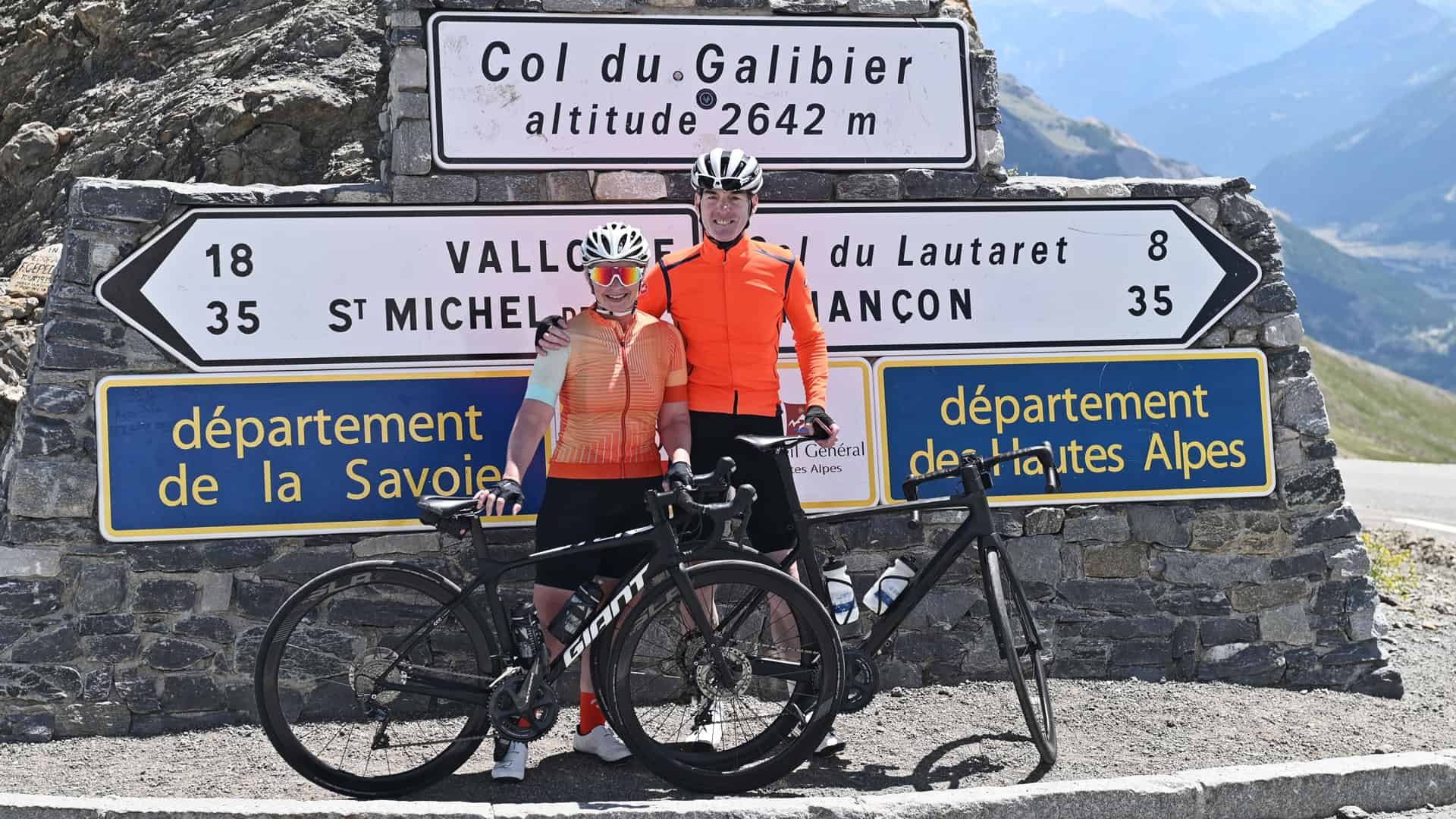
Leave A Comment